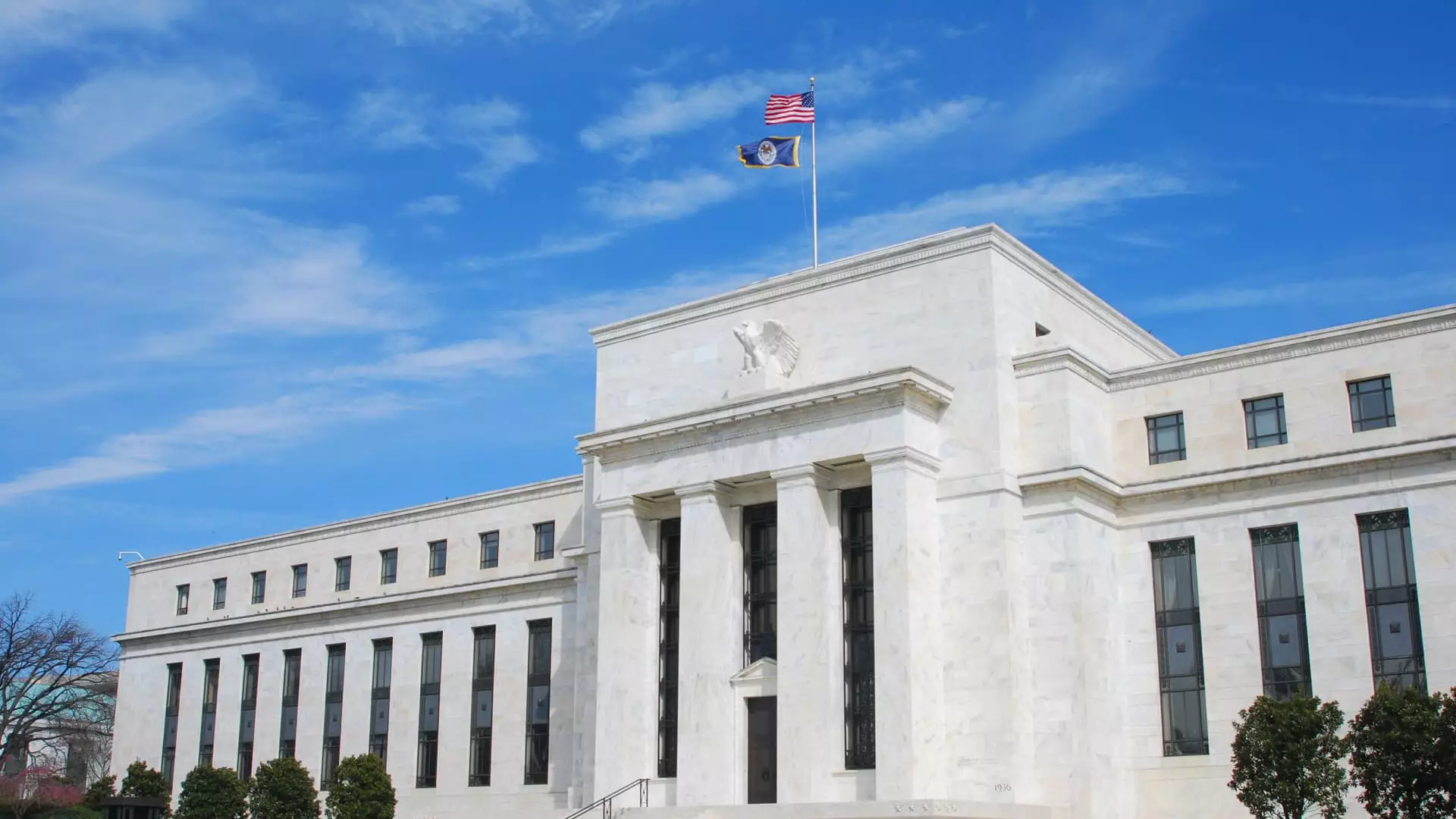As we venture deeper into an uncertain economic landscape characterized by fluctuating inflation and interest rates, the Federal Reserve seems poised to hold interest rates steady in the immediate future. While the prospect of a pause offers temporary relief, it also thrusts consumers into a paradox of hope tinged with worry. Recent declines in inflation provide a glimmer of hope, yet the looming specter of a trade war, particularly concerning tariffs on Europe, threatens to push prices upward across various sectors. This mix of optimism and concern encapsulates a time when consumers must adopt agile strategies to negotiate their financial hurdles effectively.
The Pressure of Rising Costs
For everyday consumers, the current financial environment often feels like walking a tightrope. With the federal funds rate maintaining a sort of uneasy equilibrium, the physical weight of living expenses continues to gnaw at household budgets. Greg McBride, a chief financial analyst at Bankrate.com, succinctly notes that “consumers are stretched and stressed.” While it’s true that a steady interest rate may stave off further increases in borrowing costs, the reality remains that consumers are grappling with existing debts compounded by rising living expenses that have yet to show signs of relief.
Despite the unchanged federal funds rate, mortgage rates have experienced a modest decline. This change offers a mildly refreshing breeze amid the hot winds of an impending recession. Presently, the average 30-year fixed-rate mortgage hovers at around 6.77%, down from a higher 7.04% at the year’s inception. However, while refinancing may appeal to some, the primary mechanism that drives costs for essential goods—namely inflation—continues to run rampant due to ongoing trade policy uncertainties.
Understanding Credit Card Rates and Their Impact
Another major financial concern for consumers is the volatility associated with credit card rates, which are intrinsically tied to the Fed’s benchmark interest rates. Even though we have witnessed a slight downturn, with average credit card annual percentage rates dropping to 20.09%, many consumers continue to feel the pinch from high-interest debts. This is especially acute for millennials and younger generations who are already grappling with student loans and rising rental prices, pressed down further by the weight of increasing credit card debt, which has risen by 8.2% year over year.
The relationship between consumer behavior and credit card debt is complex. Many consumers find themselves choosing between paying off pressing debts or making necessary purchases, which could save them money down the line. The continuing cycle of borrowing against credit without a corresponding increase in wages creates a pressure cooker situation, exacerbated by high inflation and stagnant wages.
Automotive Costs: A Double-edged Sword
The automotive industry presents another arena in which consumers are cornered. Although auto loan rates have dipped from highs, the fundamentals remain problematic. With an average five-year new car loan rate now at 7.42%, car buyers are faced with the dual pressures of elevated vehicle prices and the impending possibility of tariffs that could further inflate costs. The message is clear: buying a new car feels more like surviving an ambush than making a well-calibrated consumer decision.
As automobiles represent significant financial commitments, the combination of high rates and tariffs raises red flags. The trade policy landscape shapes the economic terrain, and potential auto buyers must tread cautiously as they consider their options. Such dynamics could force many to delay their purchases or seek more economical used car alternatives, further complicating the purchasing decisions of the everyday consumer.
Opportunities for Savvy Savers
Yet, amid the chaos, opportunities exist for prudent savers. Online savings accounts are currently offering the highest yields seen in over a decade, with average returns around 4.4%. For a population often left reeling from inflation, these accounts present a welcome avenue for building savings with minimal risk. As consumers remain cautious and protective of their finances, contributing to savings could buffer against unpredictable expenses and provide a safety net against potential economic turbulence.
Furthermore, while student loan interest rates for federal loans have risen, they may still provide a shield against the greater financial turmoil that variable-rate loans allow. Borrowers need to remain aware of their loan structures—fixed versus variable—to better navigate their repayment options.
Adopting a Mindset of Financial Resilience
In navigating a complex economic landscape, consumers must cultivate a mindset of financial resilience. This entails not merely reacting to current conditions but also proactively planning for future uncertainties. As consumers become aware of their financial realities, they can better tailor their spending habits, prioritize critical expenses, and strategize for debt repayment.
Understanding these dynamics will empower consumers to weather austerity while tightly managing their financial portfolios. With the right approach, it’s possible to transform challenging circumstances into opportunities—not just for survival but also for strategic financial growth.

